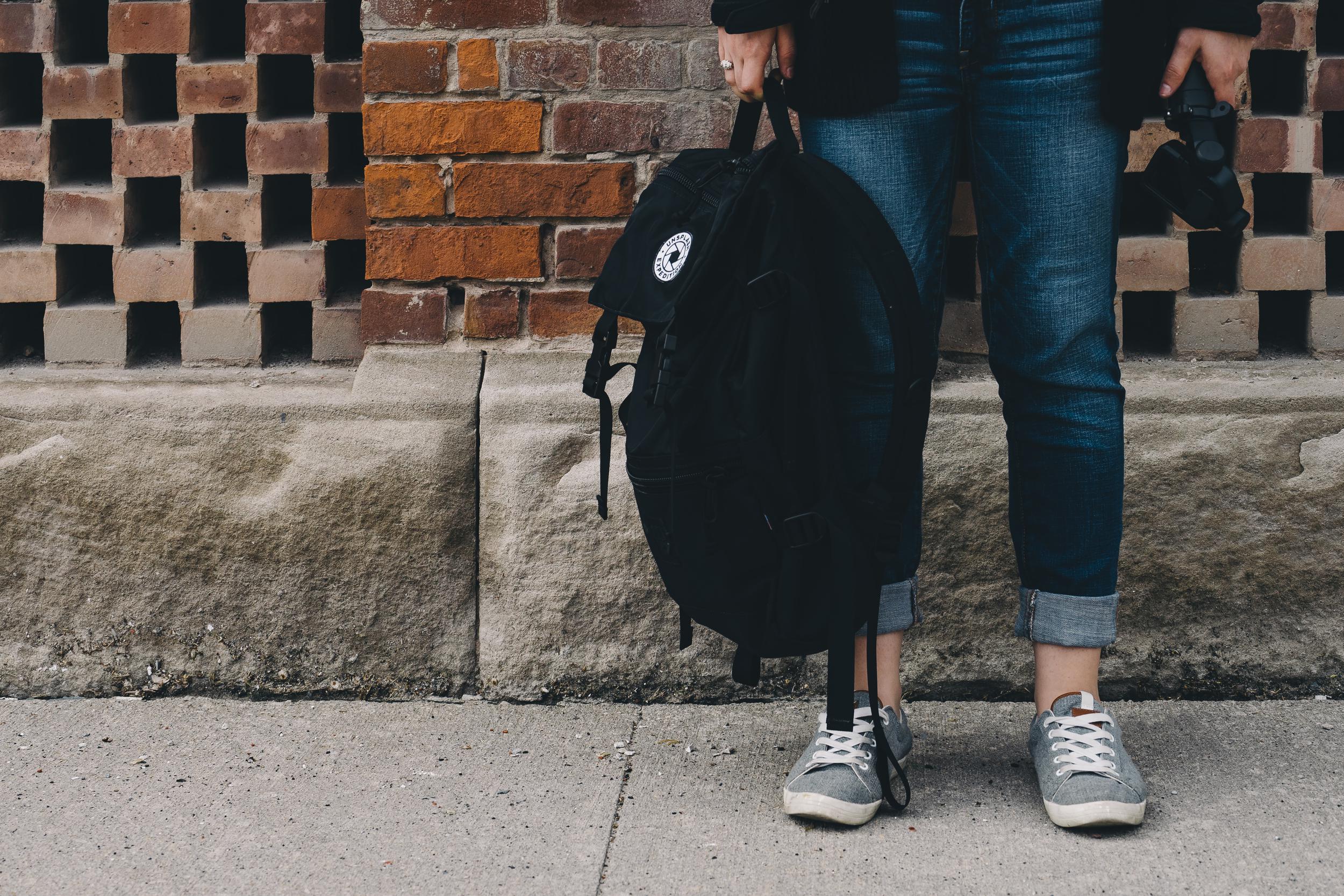
It may seem that, as each day passes, your child’s backpack seems to get heavier and heavier as they begin to accumulate more and more work.
However, you and your child may not have considered the pain and strain this accumulation of school work may be causing your child.
Research has found that carrying a backpack weighing 15% of one’s body weight, was too heavy to maintain standing posture in adolescents. Additional<a href="http://www.hindawi.com/journals/bmri/2015/817913/" > research has found that wearing a backpack heavier than 10% of one’s body weight can cause shallowing of the lumbar lordosis and a tendency towards a vertical position of the sacrum.
Backpack wearing guidelines
Following these<a href="https://www.aota.org/~/media/Corporate/Files/Backpack/Backpack%20Strategies%20for%20Parents%20%20Students.ashx" > guidelines from the American Occupational Therapy Association can help avoid further spinal damage in your children:
- Load heaviest items closest to the child’s back (the back of the pack).
- Arrange books and materials so they won’t slide around in the backpack.
- Distribute weight evenly by using both straps.
- Select a pack with well-padded shoulder straps. Shoulders, and necks, have many blood vessels and nerves that can
cause pain and tingling in the neck, arms, and hands when too much pressure is applied.
- Adjust the shoulder straps so that the pack fits snugly on the child’s back.
- The bottom of the pack should rest in the curve of the lower back. It should never rest more than four inches below the child’s waistline.
If it seems like your child is hunching over more and more as the school year has gone on, it may be time to lift up his backpack and see how heavy it is.